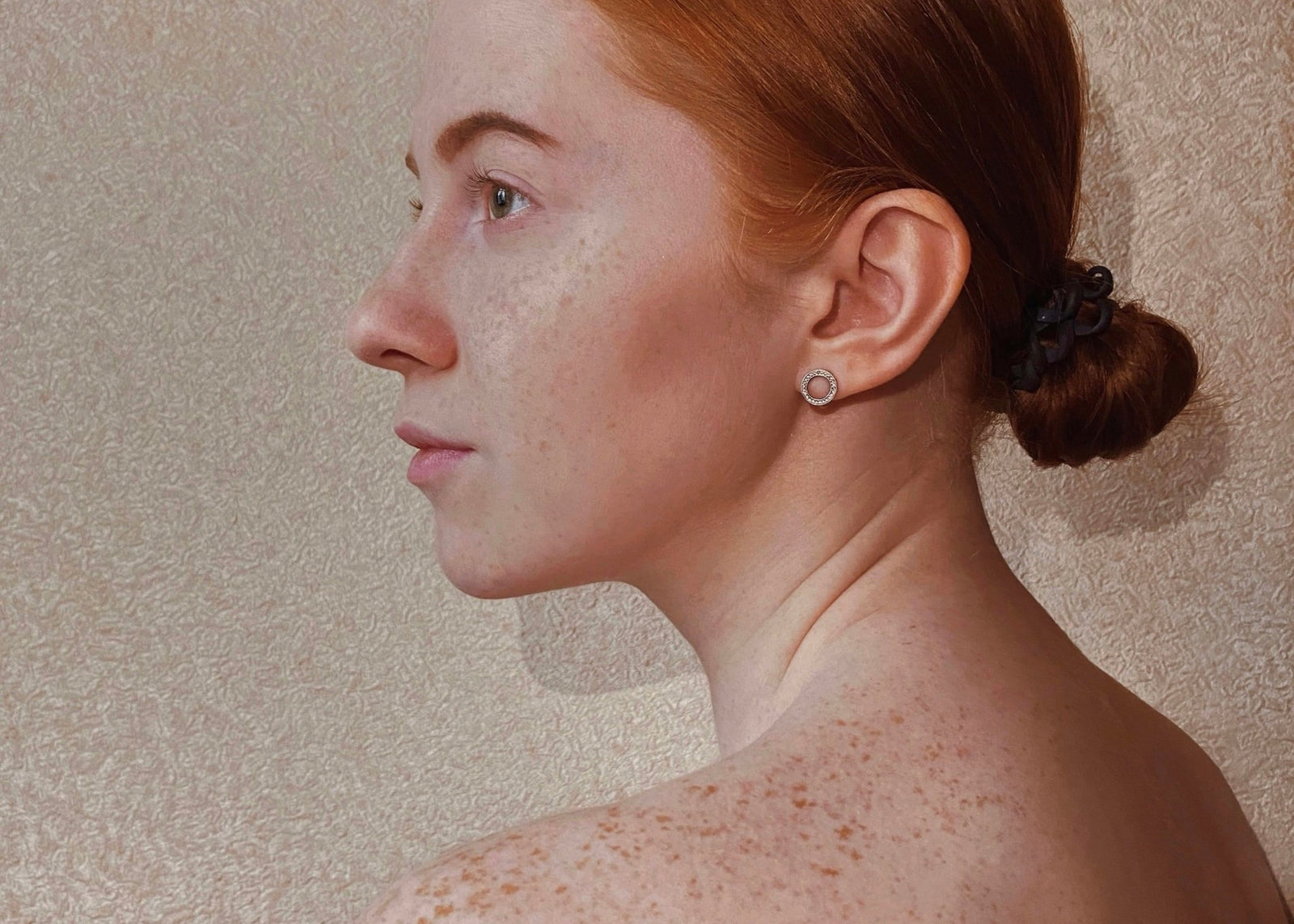
Are Extractions Good for Your Skin? Understanding the Process
Before we can fully understand the impact of extractions on our skin, it's crucial to grasp what the process entails. Skin extractions are a method used to clear clogged or compacted pores, which can lead to acne, blackheads, and other skin issues. The procedure involves applying pressure around the pore to facilitate the removal of sebum, dead skin cells, and other impurities.
Extractions can be performed manually, using a tool known as a comedone extractor, or through a machine-assisted process. The choice of method often depends on the type and severity of the skin issue, as well as the professional's preference and expertise.
Manual Extractions
Manual extractions are typically performed using a metal tool with a small loop at one end. The esthetician or dermatologist applies gentle pressure around the pore with the loop, causing the trapped material to be pushed out. This method requires a skilled hand to avoid damaging the skin or causing unnecessary discomfort.
Manual extractions are often preferred for dealing with blackheads and small whiteheads. They allow for precise targeting of individual pores, making them a good option for spot treatments.
Machine-Assisted Extractions
Machine-assisted extractions, on the other hand, use a device that applies suction to the skin to draw out impurities. This method is often used in conjunction with other treatments, such as microdermabrasion or chemical peels, to enhance their effectiveness.
Machine-assisted extractions can be a more comfortable option for those with sensitive skin, as they typically involve less direct pressure on the skin. They can also cover a larger area in a shorter amount of time, making them a good choice for more extensive treatments.
The Benefits of Skin Extractions
Now that we understand what skin extractions involve, let's explore the potential benefits of this procedure. It's important to note that the effectiveness of extractions can vary depending on individual skin types and conditions.
One of the primary benefits of skin extractions is the immediate improvement in the skin's appearance. By removing the material clogging the pores, extractions can help reduce the visibility of blackheads and whiteheads, leading to a smoother, clearer complexion.
Additionally, extractions can help prevent future breakouts by keeping the pores clear of excess sebum and dead skin cells. This can be particularly beneficial for those with oily or acne-prone skin.
Using Natural and Sustainable Ingredients
While extractions can be an effective way to deal with clogged pores, it's also important to consider the products used during and after the procedure. Using natural and sustainable skincare ingredients can enhance the benefits of extractions while minimizing potential irritation or damage to the skin.
For instance, using a cleanser with natural ingredients like green tea or chamomile can help soothe the skin and reduce inflammation. Similarly, a moisturizer containing aloe vera or hyaluronic acid can help hydrate and heal the skin post-extraction.
The Potential Drawbacks of Skin Extractions
While skin extractions can offer numerous benefits, they're not without potential drawbacks. One of the main concerns is the risk of damaging the skin if the procedure is not performed correctly. This can lead to scarring, infection, or even an increase in breakouts.
Additionally, extractions may not be suitable for all skin types. Those with sensitive or rosacea-prone skin may find the process too harsh, leading to redness, irritation, or worsening of their condition.
How to Minimize Risks
To minimize the potential risks associated with skin extractions, it's crucial to have the procedure performed by a trained professional. They will be able to assess your skin type and condition, and determine the most appropriate method of extraction.
Aftercare is also vital in preventing complications. This may involve using specific skincare products, avoiding certain activities, or following a particular skincare routine. Here are some general aftercare tips:
- Keep the skin clean and avoid touching the treated area to prevent infection.
- Apply a soothing moisturizer to help hydrate and heal the skin.
- Avoid sun exposure and use a broad-spectrum sunscreen to protect the skin.
- Stay hydrated and maintain a healthy diet to support skin health.
Conclusion
So, are extractions good for your skin? The answer largely depends on your individual skin type and condition, as well as the skill and expertise of the professional performing the procedure. When done correctly, extractions can help improve the appearance of the skin and prevent future breakouts.
However, it's crucial to consider the potential risks and ensure proper aftercare to maintain the health and integrity of your skin. As always, it's best to consult with a skincare professional before undergoing any new treatment or procedure.
















